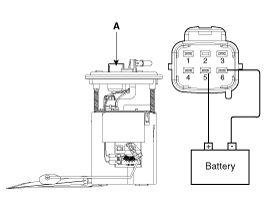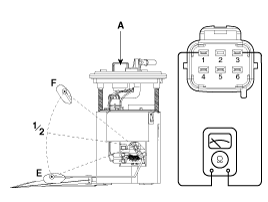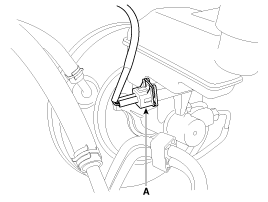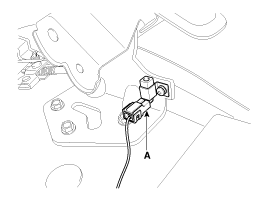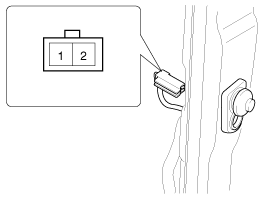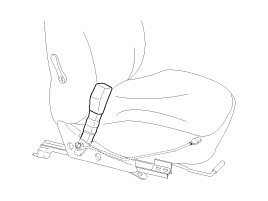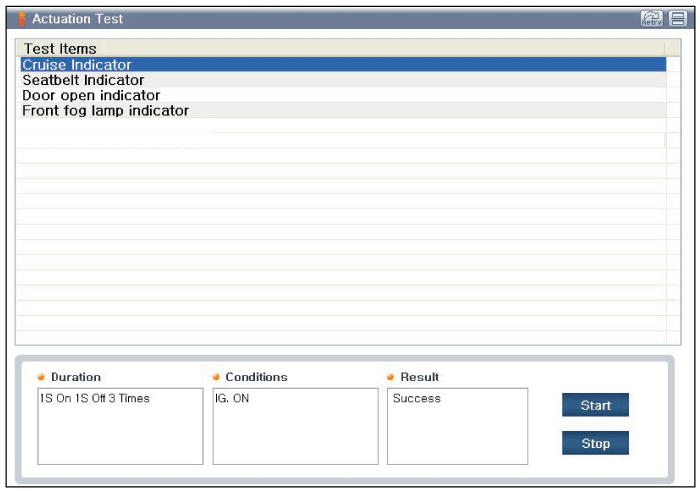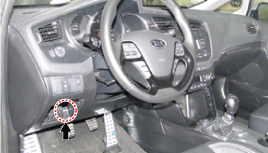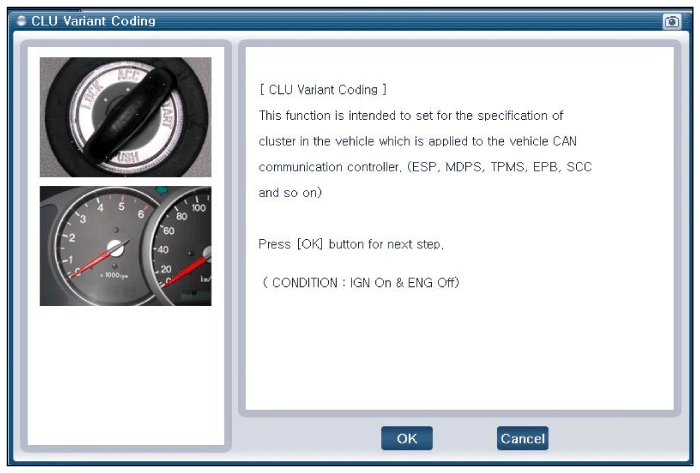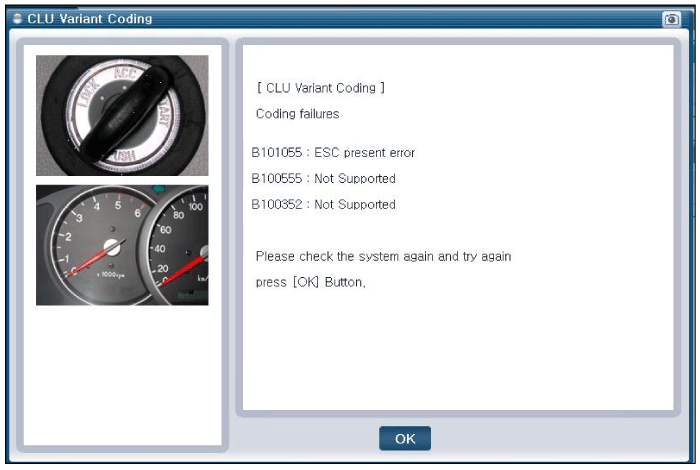Check if the speedometer indicator range is within the standard values.
Do not operate the clutch suddenly or increase/ decrease speed rapidly while testing.
Tire wear and tire over or under inflation will increase the indication error.
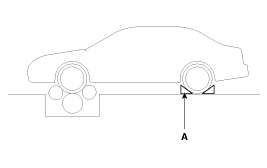
Velocity(Km/h) | Tolerance(Km/h) |
20 | +3.0 +0.5 |
40 | +5.8 +3.3 |
60 | +6.2 +3.7 |
80 | +7.1 +4.1 |
100 | +7.5 +4.5 |
120 | +7.9 +4.9 |
140 | +9.4 +5.9 |
160 | +10.4 +6.9 |
180 | +11.4 +7.9 |
200 | +12.4 +8.9 |
220 | +13.4 +9.9 |
240 | +14.4 +10.9 |
Velocity(mph) | Tolerance(mph) |
20 | +3.0 +1.0 |
40 | +4.9 +2.9 |
60 | +6.8 +4.8 |
80 | +7.5 +5.0 |
100 | +8.2 +5.2 |
120 | +8.7 +5.7 |
140 | +9.2 +6.2 |
160 | - |
